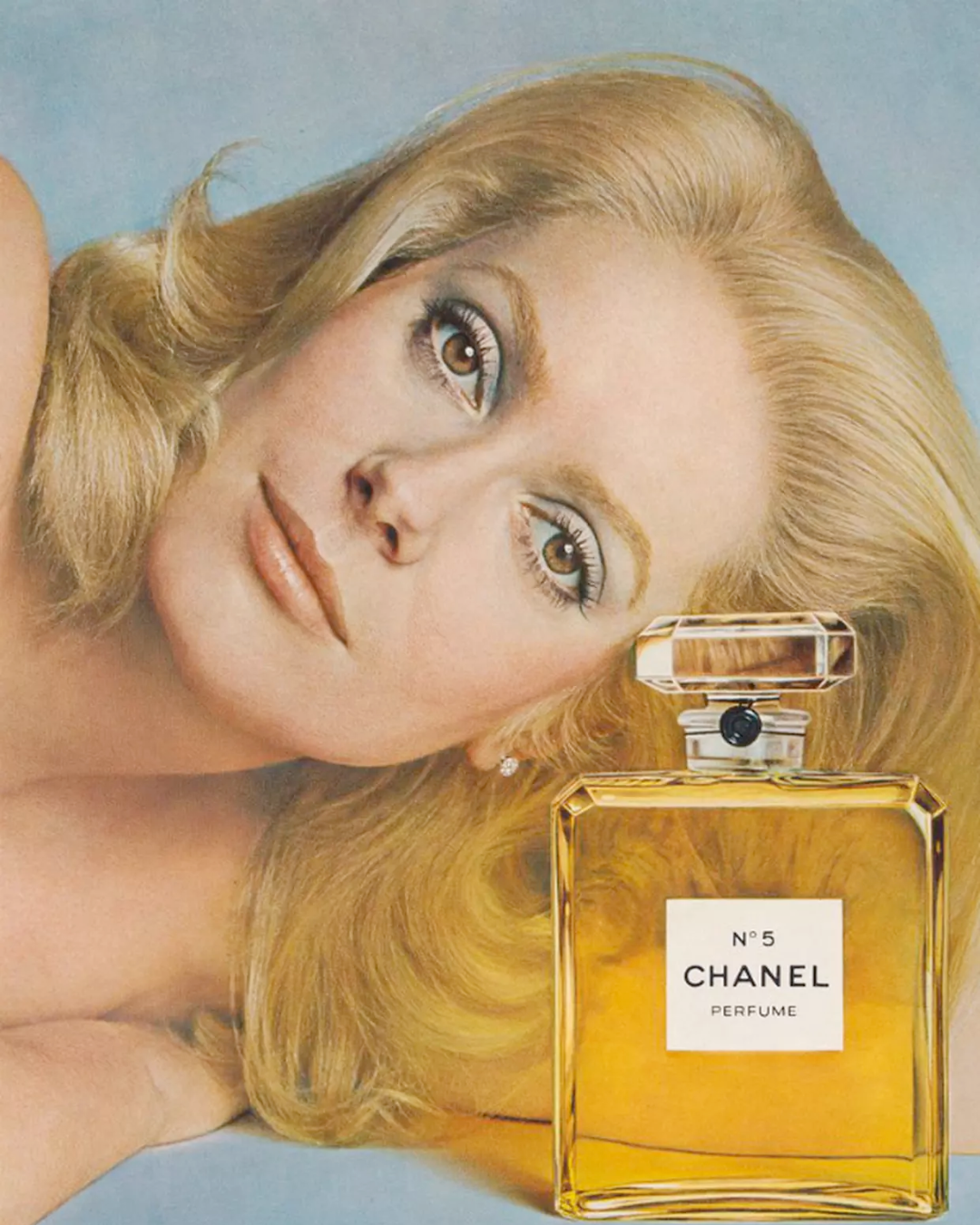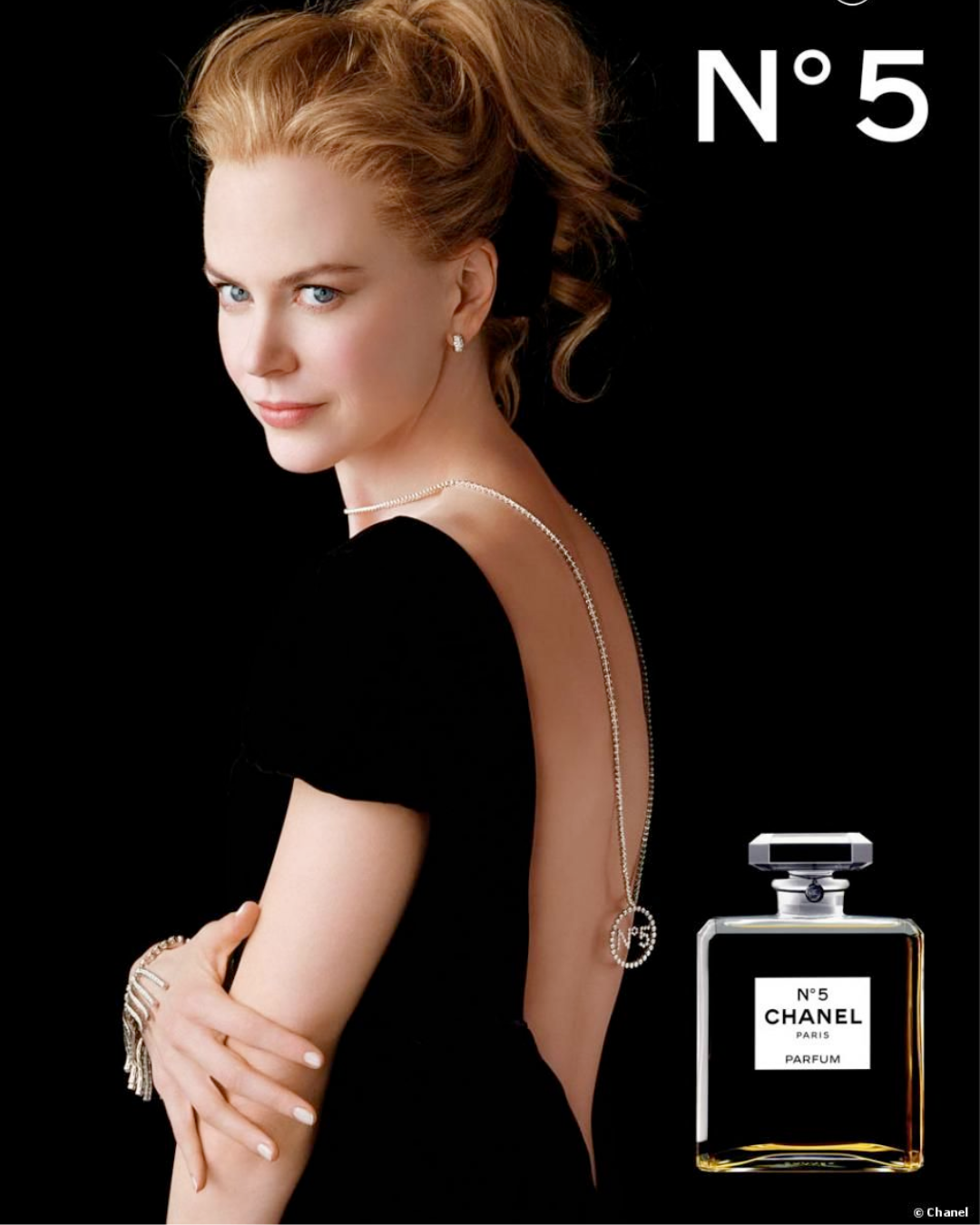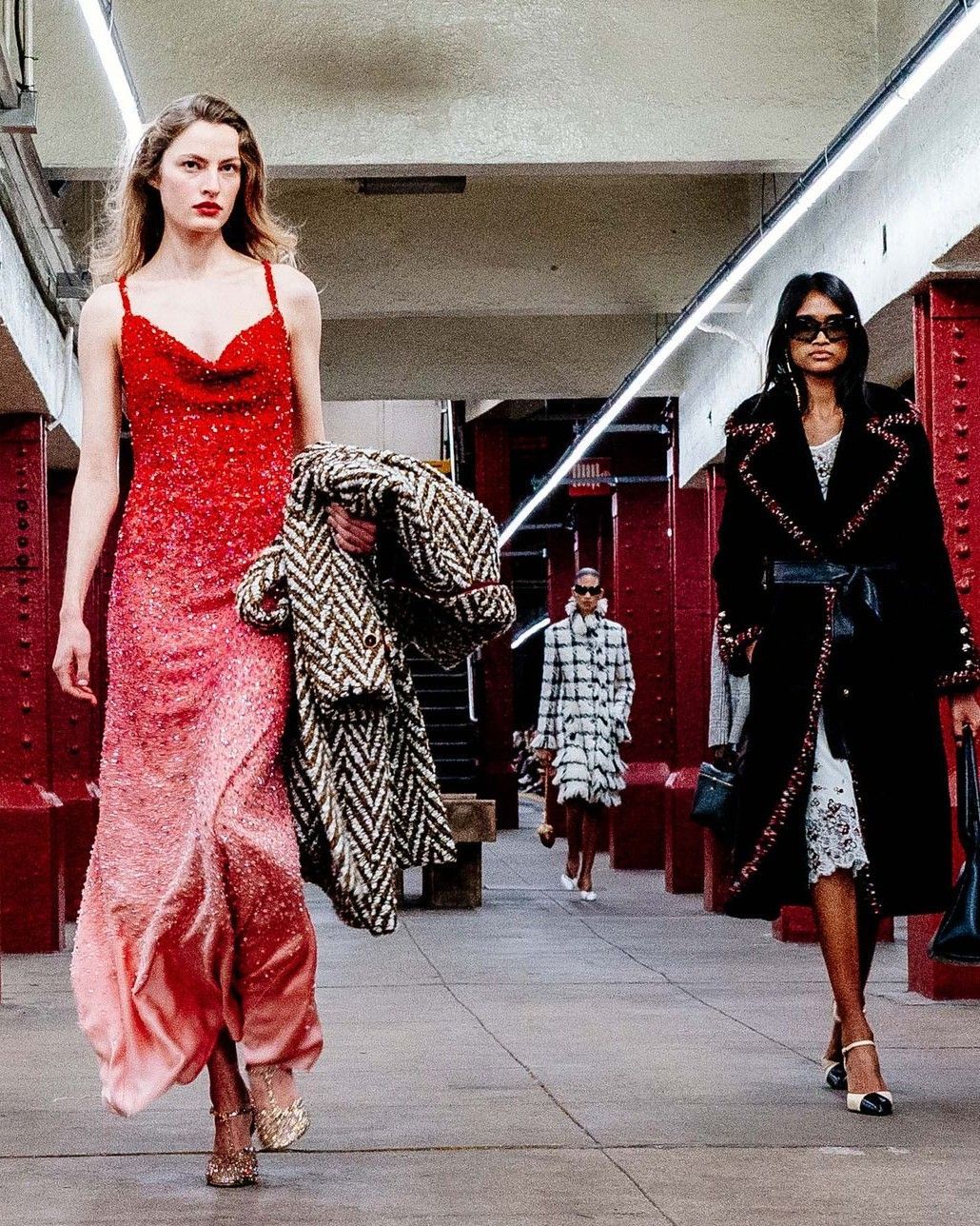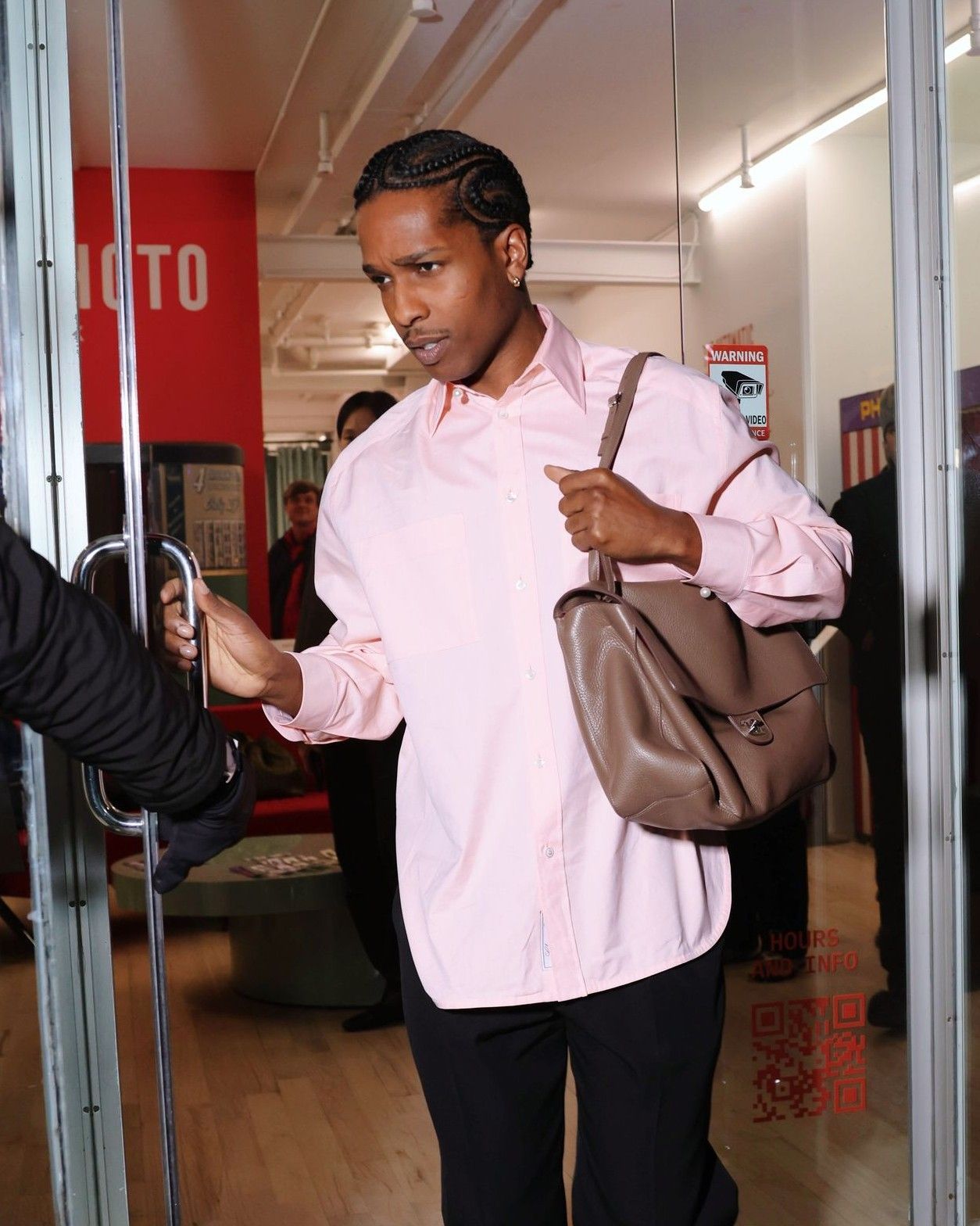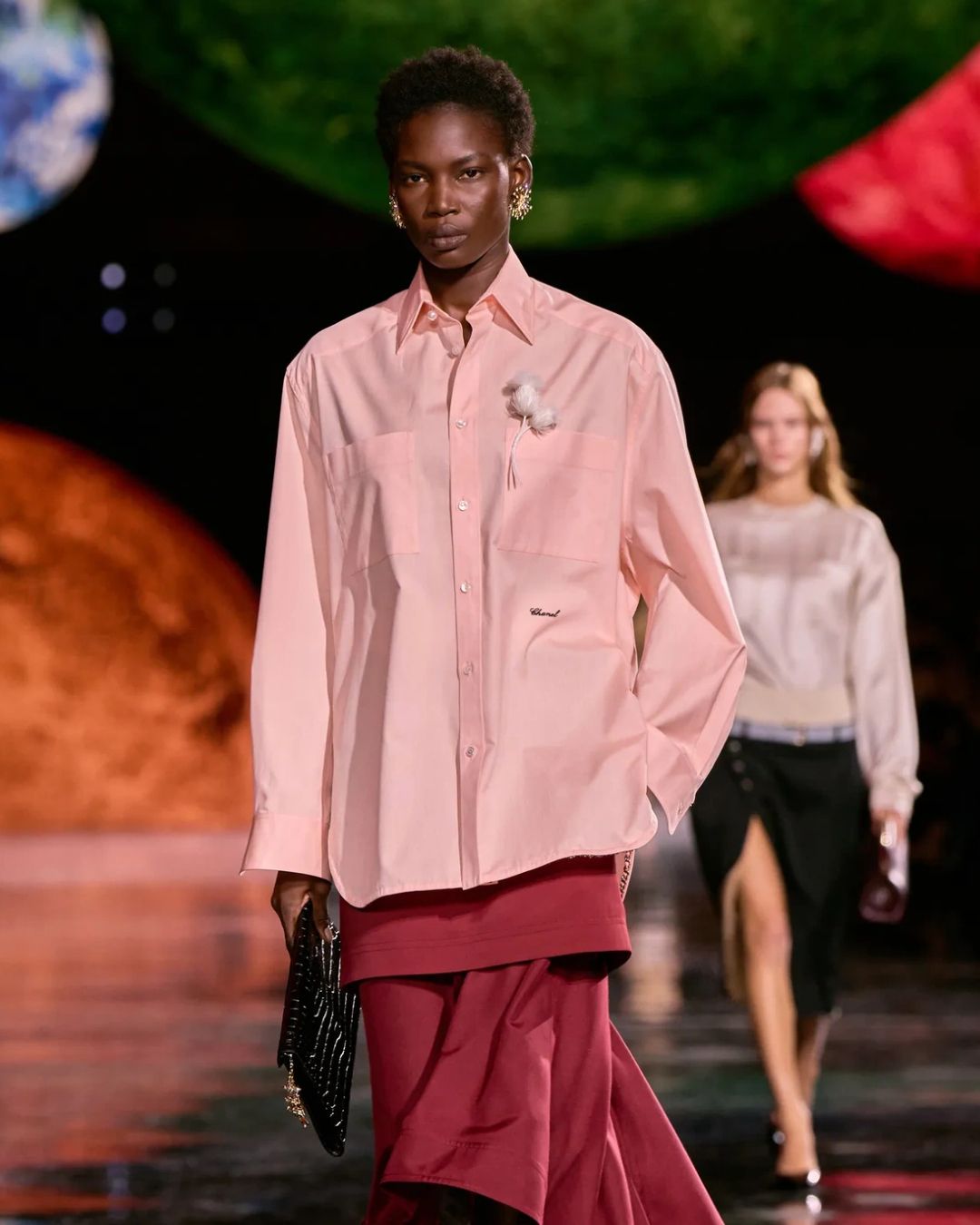
Chanel defeated by Slovenian beauty brand Luxury icon faces unexpected challenge at the European Union Intellectual Property Office
100 years after the creation of Chanel N°5, there is still no scent more famous in the world nor a bottle as recognizable. However, even icons are not immune to legal battles. Chanel, proud of its prestigious N°5, has today been rebuffed by the European Union Intellectual Property Office (EUIPO) in a case against the Slovenian brand M5. A decision that calls into question Chanel's supremacy in protecting its symbols. Created in 1921 by Gabrielle "Coco" Chanel, this perfume has captivated senses and minds for over a century. Associated with famous faces like Marilyn Monroe, it has become a true symbol of luxury and refinement. The number 5, beyond a simple number, embodies the very essence of the brand, appearing in numerous campaigns and products. But here comes a small Slovenian company, Simb D.O.O, deciding to play in the big leagues. By registering the brand M5, this company hoped to break into the cosmetics market with a logo featuring a stylized 5 around the letter M. Chanel, perceiving a threat, quickly reacted last September by filing an opposition request with the EUIPO. For the luxury house, it was unthinkable to let an "M5" encroach on its sacred territory.
In this case, the French brand deployed its entire array of evidence to convince the EUIPO. From advertising brochures to storefront photographs, to copies of Wikipedia pages, everything was there to demonstrate the importance of the number 5 in its universe. The key argument? The risk of confusion. The house from rue Cambon insisted that the 5, as a symbol, was inseparable from its visual identity and prestige. The M5 logo looks too similar to its own, a resemblance that could mislead consumers and dilute the image of its iconic brand. In other words, M5 could benefit from the aura of Chanel N°5, which would be unfair for a brand that has invested so much in building its image. Despite its persuasive power, the EUIPO was not convinced. On June 17, the office rendered its verdict: no possible confusion between the two brands. According to the EUIPO, the M5 logo, although stylized, does not infringe Chanel's rights on its N°5. The decision is based on a simple finding: the evidence provided was not sufficiently distinctive. Experts also noted a crucial lack in Chanel's arguments: the absence of quantitative information on sales and public exposure to the N°5 brand. Without this data, it was impossible to prove that consumers would automatically associate the number 5 with the latter. A hard blow for the luxury house, which must review its defense strategy.
This decision is a legal setback but also a symbolic one. It reveals the difficulties that major luxury brands face in protecting their icons. Chanel's defeat could encourage other companies to test the limits of intellectual property, seeing an opportunity to emerge in the market with visual elements similar to major brands. For Simb D.O.O, this is a significant victory. The Slovenian brand can now market its cosmetic products under the name M5, benefiting from indirect notoriety linked to the visual similarity with Chanel N°5. An open door to new business opportunities in a competitive market. More broadly, this case challenges the luxury industry by highlighting the necessity for major houses to redouble their efforts in protecting their brands. Vigilance and proactivity become imperatives to avoid such confrontations in the future. Despite this defeat, several sources have revealed that the French House might appeal the decision, seeking to overturn the verdict by presenting new arguments or gathering more quantitative evidence on the impact of its perfume. Beyond the appeal, Chanel may need to rethink its brand protection strategy. This case greatly underscores the importance of clear and rigorous regulation to protect brands while allowing fair competition.










































